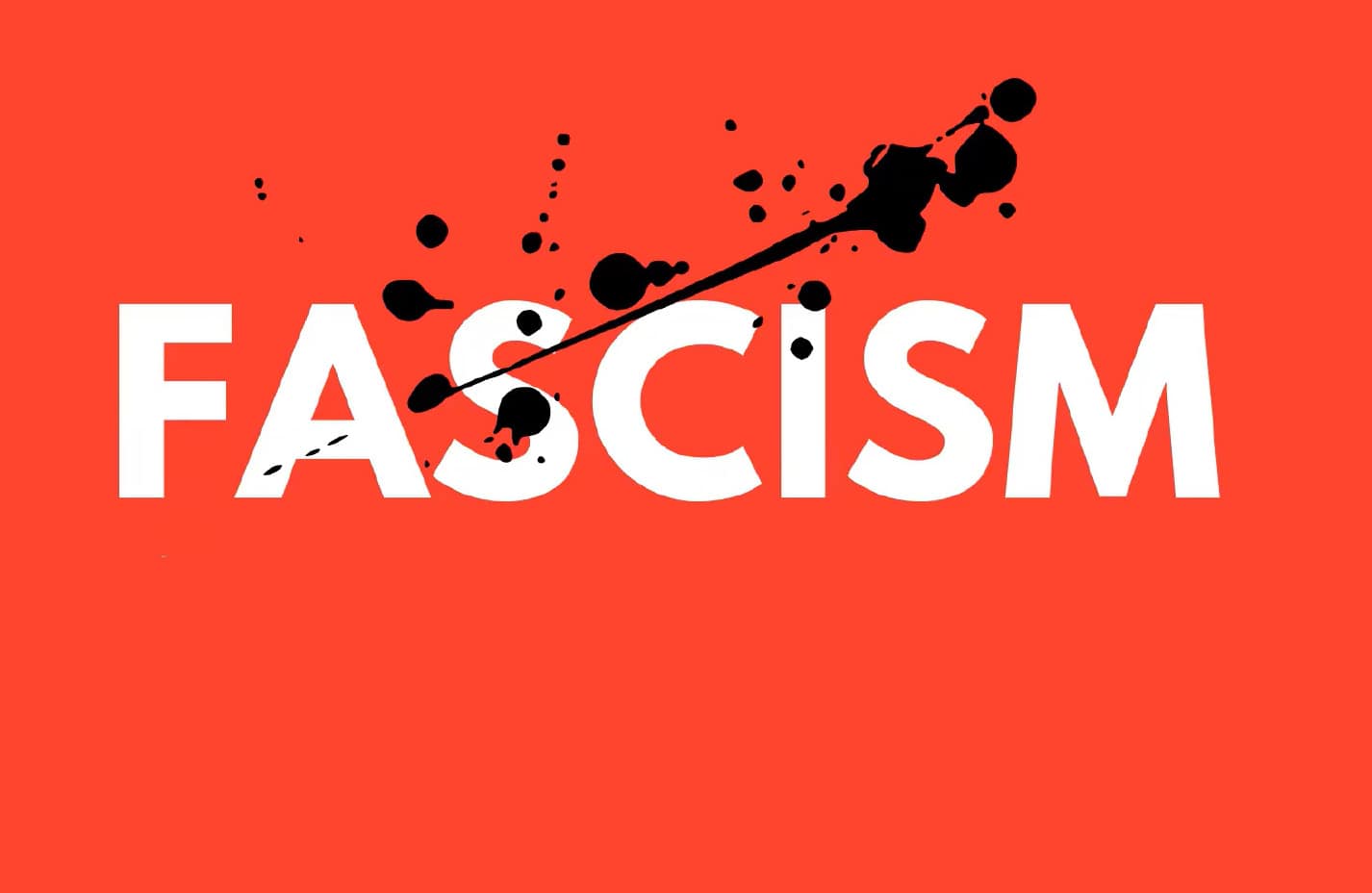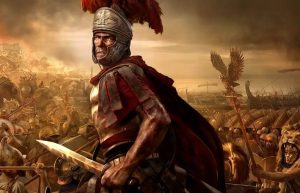
27 interesting facts about Fascism
- 👁️ 1370
Fascism is a political ideology that emerged in the early 20th century, characterized by authoritarian nationalism, dictatorial leadership, and a suppression of political dissent. It first gained prominence in Italy under Benito Mussolini after World War I and subsequently spread to other countries, most notably Germany under Adolf Hitler. Fascism seeks to forge a national community through unity, often defined against perceived enemies. It rejects liberal democracy, aiming instead for a totalitarian state that controls many aspects of life, including the economy, education, and the arts, to maintain its power and vision of national strength. Here are 27 interesting and informative facts about fascism that illuminate its characteristics, historical impact, and legacy.
- The term “fascism” is derived from the Italian word “fascio,” meaning a bundle of rods, which was a symbol of power in ancient Rome.
- Benito Mussolini founded the Fascist Party in Italy in 1919.
- Mussolini’s rise to power was marked by the March on Rome in 1922, leading King Victor Emmanuel III to appoint him as Prime Minister.
- Fascism in Italy was characterized by the use of Blackshirts, paramilitary squads that enforced the regime’s policies.
- The doctrine of fascism emphasizes the state over the individual, with the government having ultimate control.
- Adolf Hitler’s Nazi Party, which ruled Germany from 1933 to 1945, was inspired by Italian fascism but included a strong focus on racial purity.
- The fascist regimes in Italy and Germany cultivated a cult of personality around their leaders, Mussolini and Hitler.
- Fascism promotes aggressive nationalism and often seeks to expand its territory through militarism.
- The economic policies of fascist governments typically include state intervention in the economy to support national industries and military expansion.
- Fascist ideology explicitly opposes socialism, communism, and democracy, seeing them as weak and divisive.
- The Spanish Civil War (1936-1939) was a significant conflict involving fascists, led by General Francisco Franco, who eventually established a fascist dictatorship in Spain.
- Propaganda plays a crucial role in fascist states, used to control public opinion and promote the government’s ideology.
- Fascist governments often engage in extensive censorship and suppression of free speech to eliminate dissent.
- The use of symbols, such as the swastika in Nazi Germany and the fasces in Italy, is common in fascist movements to unite and mobilize supporters.
- Fascism seeks to control and manipulate mass media to maintain its power and disseminate its ideology.
- In fascist states, youth organizations are established to indoctrinate children and adolescents with the regime’s beliefs.
- Fascist Italy and Nazi Germany formed the Rome-Berlin Axis in 1936, collaborating closely during World War II.
- The Holocaust, the systematic genocide of six million Jews and millions of others, was carried out by the Nazi regime under the guise of racial purity.
- After World War II, the Nuremberg Trials were held to prosecute key leaders of Nazi Germany for war crimes and crimes against humanity.
- Mussolini’s regime was overthrown in 1943, and he was executed by Italian partisans in 1945.
- Fascism has influenced other authoritarian movements around the world, including in Japan, Brazil, and Argentina.
- The defeat of the Axis Powers in World War II led to the discrediting of fascism as a political ideology in much of the world.
- Neo-fascist and neo-Nazi groups have emerged in various countries, attempting to revive fascist principles.
- Education in fascist states is used to glorify the nation and its leader while suppressing critical thinking.
- Fascist architecture aimed to convey power and permanence, often featuring massive, imposing buildings.
- Economic self-sufficiency, or autarky, is a goal in fascist economic policy, seeking to reduce dependence on foreign countries.
- Despite its defeat in World War II, the study of fascism remains relevant in understanding the dangers of extreme nationalism and authoritarianism.
Fascism’s impact on the 20th century was profound, leading to widespread suffering, war, and genocide. Its emphasis on authoritarianism, aggressive nationalism, and suppression of dissent serves as a cautionary tale of the dangers posed by extremist ideologies. While the fascist states of the 20th century have largely disappeared, the study of fascism is crucial in guarding against the resurgence of similar ideologies in the future. Understanding the characteristics, history, and consequences of fascism is essential in promoting democracy and preventing the repetition of past atrocities.











